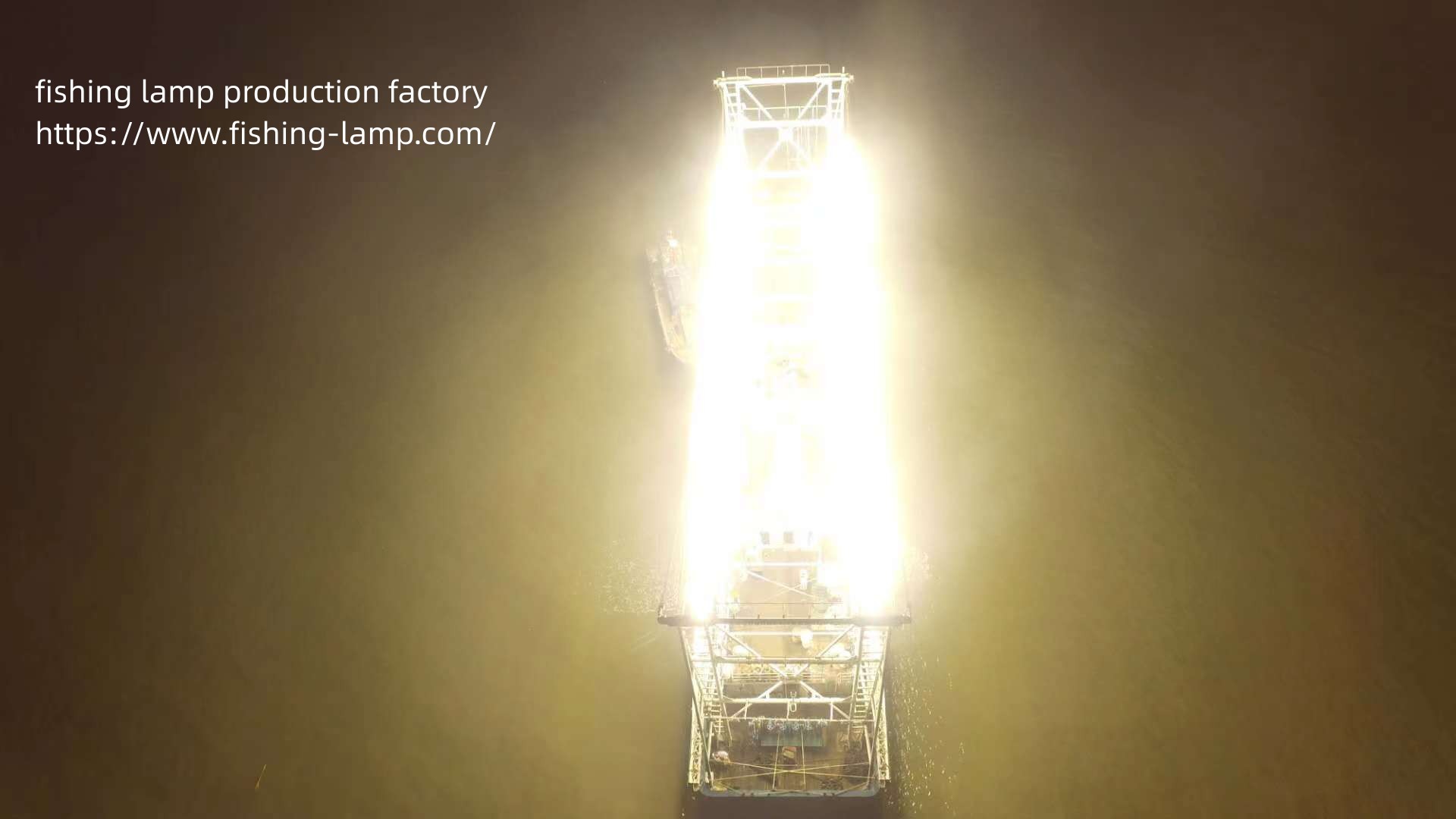Scientists really don’t know what fish see, in other words, what images reach their brains. Most research on fish vision is done through physical or chemical examinations of different parts of the eye, or by determining how fish in the lab respond to various images or stimuli. By suggesting that different species may have different visual abilities and that lab results may not represent what happens in the real world in oceans, lakes, or rivers, it is not scientific to make highly consistent and definitive conclusions about the visual abilities of fish.
Physical studies of the eye and retina have shown that most people can obtain clearly focused images, detect motion, and have good contrast detection capabilities. And there are ample experiments that show that a minimum level of light is required before fish can recognize color. With more research, different fish have a preference for certain colors.
Most fish have sufficient vision, but sound and smell play a more important role in getting information about food or predators. Fish usually use their sense of hearing or smell to initially sense their prey or predators, and then use their eyesight in a final attack or escape. Some fish can see objects at a medium distance. Fish such as tuna have particularly good eyesight; But under normal circumstances. Fish are myopic, although sharks have pretty good eyesight.
Just as fishermen seek conditions that optimize the opportunity to catch fish, fish also seek areas where the opportunity to catch food is best. Most game fish seek out waters rich in food, such as fish, insects, or shrimp. Also, these smaller fish, insects, and shrimp gather where the food is most concentrated.
Scientific studies have shown that all members of this food chain are sensitive to blue and green colors. This may occur because water absorbs longer wavelengths (Mobley 1994; Hou, 2013). The color of a body of water is largely determined by the composition of the interior, combined with the absorption spectrum of light in the water. Colored dissolved organic matter in the water will quickly absorb blue light, then turn green, then yellow (decaying exponentially to wavelength), thus giving the water a tan color. Keep in mind that the light window in water is very narrow and red light is absorbed quickly
Fish and some members of their food chain have color receptors in their eyes, optimized for the light of their “space.” Eyes that can see a single spatial color can detect changes in light intensity. This corresponds to a world of shades of black, white and grey. At this simplest level of visual information processing, an animal can recognize that something is different in its space, that there is food or a predator there. Most animals that live in the illuminated world have an additional visual resource: color vision. By definition, this requires them to have color receptors that contain at least two different visual pigments. To perform this function effectively in light-illuminated water, aquatic animals will have visual pigments that are sensitive to the background “space” color and one or more visual colors that deviate from this blue-green region, such as in the red or ultraviolet region of the spectrum. This gives these animals a definite survival advantage, as they can detect not only changes in light intensity, but also the contrast of color.
For example, many fish have two color receptors, one in the blue region of the spectrum (425-490nm) and the other in the near ultraviolet (320-380nm). Insects and shrimp, members of the fish food chain, have blue, green (530 nm) and near-ultraviolet receptors. In fact, some aquatic animals have as many as ten different types of visual pigments in their eyes. In contrast, humans have the maximum sensitivity in blue (442nm), green (543nm) and yellow (570nm).
We’ve known for a long time that light at night attracts fish, shrimp and insects. But what’s the best color for light to attract fish? Based on the biology of the visual receptors mentioned above, light should be blue or green. So we added blue to the white light of the boat’s fishing lights. For example, 4000w water fishing lamp 5000K color temperature, this fishing lamp uses a pill containing blue ingredients. Rather than the pure white perceived by the human eye, engineers added blue components in order to better penetrate the light into the sea water, so as to achieve a better effect of attracting fish. However, while blue or green light is desirable, it is not necessary. Even though the eyes of fish or members of their food chain have color receptors that are most sensitive to blue or green, those same receptors become less sensitive to other colors very quickly. So, if one light source is strong enough, other colors will also attract fish. So let the fishing lamp production factory, the research and development direction is set in the more powerful fishing light. For example, the current 10000W underwater green fishing lamp, 15000W underwater green fishing light and so on.
Post time: Nov-02-2023
